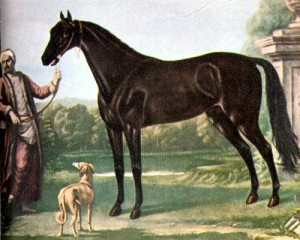While many newspaper readers and television viewers overseas are, repeatedly, exposed to negative news about this country, particularly with respect to the uncomfortable rise in the level of murders, it would be a plus for the image of the twin island State if these people could be apprised as well of the contribution of Trinidad and Tobago’s International Cocoa Gene Bank.
Go get ’em, George Alleyne, who writes to celebrate the 25th anniversary of the Cocoa Gene Bank. We all share the problem of interesting people in news about agricultural biodiversity, when what they really want is murder and mayhem.
